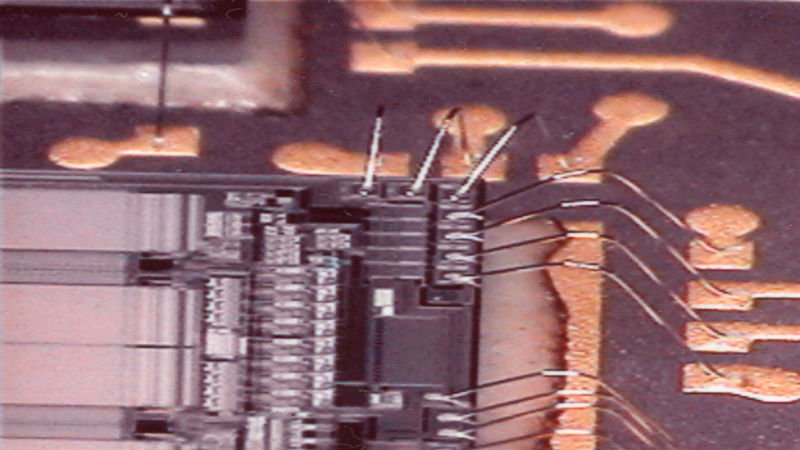The wheels of industry are turning seven days a week and 24 hours a day. Huge conveyor systems deliver raw materials to production areas and finished goods to warehouses or waiting trucks. The hum of heavy machinery continues throughout the night in many regions and the industrial electric motor is behind it all. But how did this amazing invention come into being? Let’s go back in time a few years to discover its humble beginnings.
Electromagnetism
If you take a piece of coiled wire and connect electricity to it, you create an electromagnetic field. It will attract iron containing objects just like permanent magnets. However, the good thing about electromagnetism, is it can be turned on and off at will and this is very important. Without this special property, electric motors and many modern conveniences would not be possible.
1740
Many online sources credit Ampere as the initial source of the industrial electric motor. However, in 1740, a monk from Scotland (Andrew Gordon) performed some important experiments in electric convection and created a simple motor which worked on an electrostatic reaction. It was named the “whirl”.
1820
Not long after Osted noted the electromagnetic effect of passing current through wires, Ampere came up with the very first electric solenoid. This was the forerunner of the motor.
1833
There was a series of rapid developments from 1820 to 1833. In 1833 William sturgeon demonstrated a rotating electrical machine which utilized a commutator (like modern DC motors). Lenz also came up with his law of reversibility which makes electric generators (and modern electric power) possible.
Rapid Progress
As the 19th Century proceeded, 1837 saw the first patented motor in the United States. By 1879, the first induction motor (without a commutator) was invented by Walter Bally. In 1890, the 3-phase induction motor appeared, setting the stage for today’s modern industrial electric motor.







